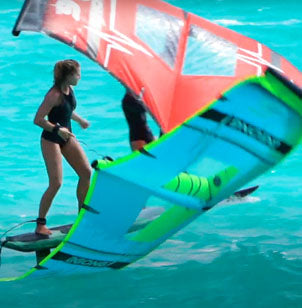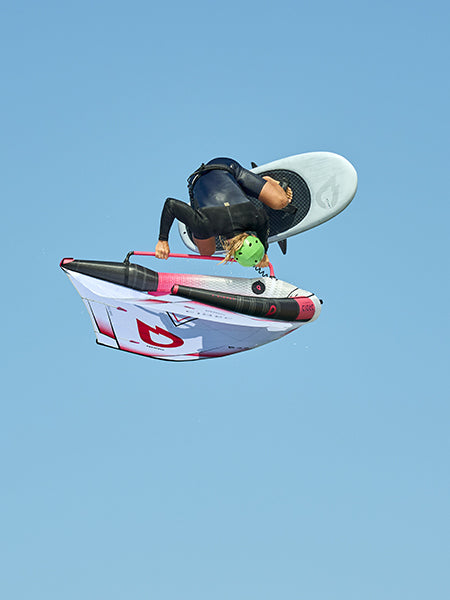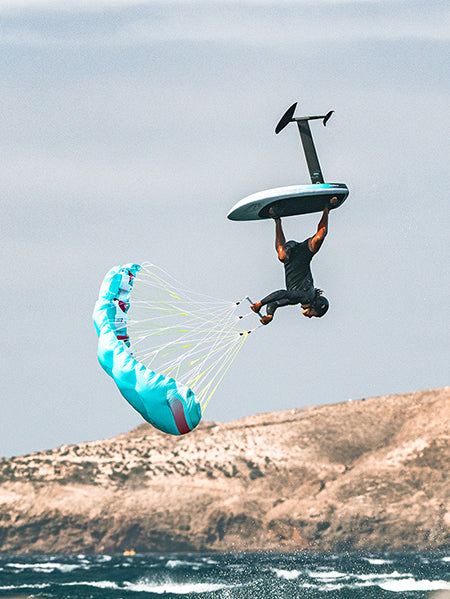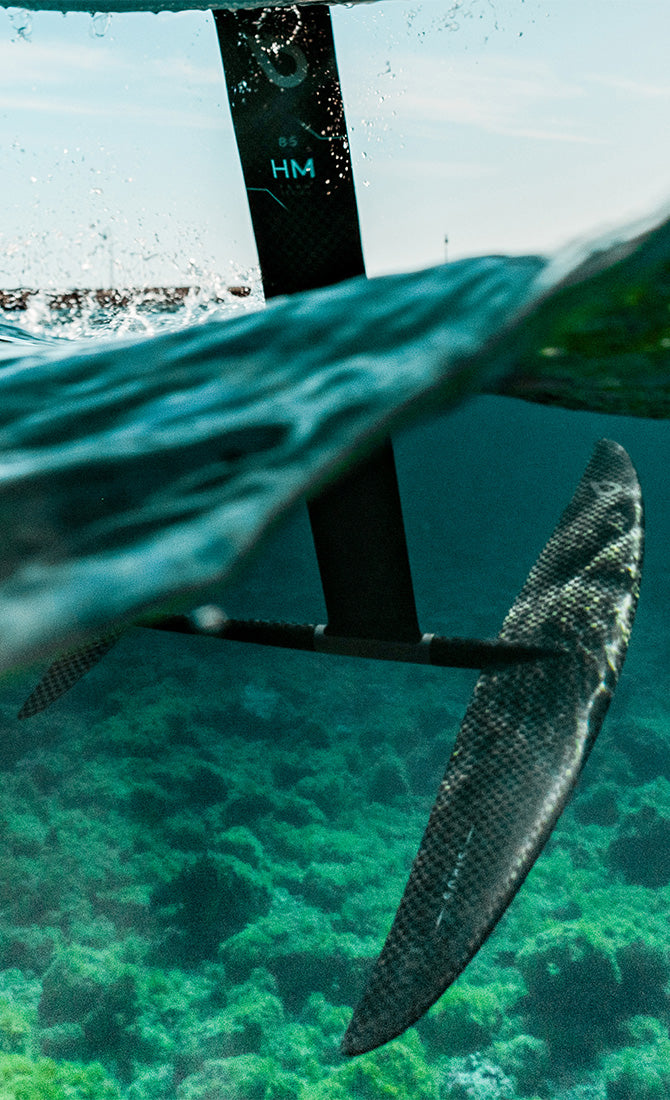Let go of your wing

Description
The advice we give to beginners : LET GO of your Wing.
If you cling to the Wing when it’s stuck in the water, it will kink. This kinking will reduce the volume of the Leading Edge and increase the internal pressure. It’s the worts thing for your Wing. If you force it more, the pressure will increase and the Bladder will explode. So even if everything can be repaired, admit that it’s still easier to let go as soon as it gets stuck rather than pulling and tugging on it. If your Wing gets stuck in the water, it is because you do not applicate the principle umbrella / screen : vertical hands / horizontal hands. Your hands should NEVER be at the same height : the back hand should be lower than the front hand. If your Wing gets caught in the water it means that you have your hands at the same height. If you force it, either you press the back hand and the Leading Edge will fold over until you break it. Either you try to raise your hand before the Wing gets caught up in the water and goes under the Board : or forget it baby … You must RELEASE your Wing at the slightest alert. 80% of those who break and that will break Wings will do it like that or in a frontal. So do not say: I did not force, I hardly tugged, I did not realize etc etc etc … RELEASE the Wing and start again. As for the argument of the sewing that is loose or poorly done and that would be the fault or cause : it’s false! Obviously it’s the seam that will give out because when you bend the Leading Edge, the first breakage will be at the seam since it is a succession of holes in the fabric. The common comments are something like “the tear follows the dots”. Which is Obvious !!! The place where the fabric is the weakest is at the seams, especially if you bend them at 90° with an excess of pressure. So use common sense and do what we do: let go of your Wings if you find yourself in trouble. Advisor: Patrice Guénolé and GONG-GALAXY.








